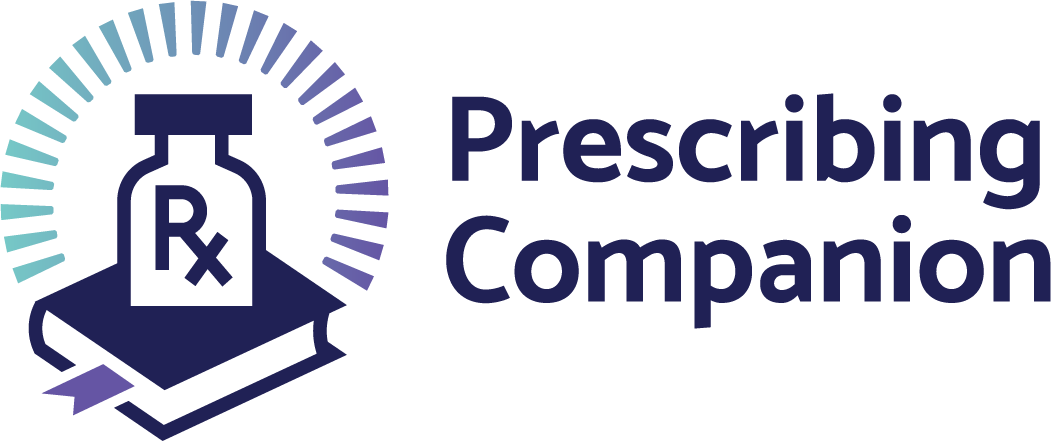Trachoma
exp date isn't null, but text field is
This is an infection of the eye caused by Chlamydia Trachomatis. It is a disease of the underprivileged communities, with poor hygienic conditions. The common fly is the major vector in the infection and re-infection cycle. It is one of the leading causes of preventable blindness in the world.
Characterized by an acute inflammation which appears in the first decade of life, slowly progressing until the disease becomes inactive during the 2nd decade of life. Last sequelae may not appear for many years.
Stages
- Trachoma Follicular (TF): characterized by follicles on the upper lid conjunctiva
- Trachoma intense (TI):, characterized by acute red tarsal conjunctiva with obliteration of blood vessel
- Trachoma Scaring (TS): Tarsal conjunctiva starts showing lines of scaring
- Trachoma Trichiasis (TT): – upper eyelid turns in, because of extreme scarring and shortening of lid conjunctiva causing corneal damage and ulceration
- Ulcerated Cornea (CO): starts scaring forming corneal opacification
Signs and Symptoms
• None
• Red eyes
• Ocular discomfort
• Follicles on the tarsal conjunctiva
• Eyelid conjunctional scaring
• In-turning of eyelids (entropion)
• Eyelashes rubbing on the cornea (Trichiasis) heading to corneal ulceration
• Corneal scars
Treatment
The SAFE strategy is proven in endemic areas:
• S -Surgery for stage 5
• A -Mass Antibiotic treatment - A single dose of Azithromycin 500mg. In children 10mg/kg body weight
as stat dose.
• F - Face washing (use of clean and safe water)
• E - Environmental sanitation
